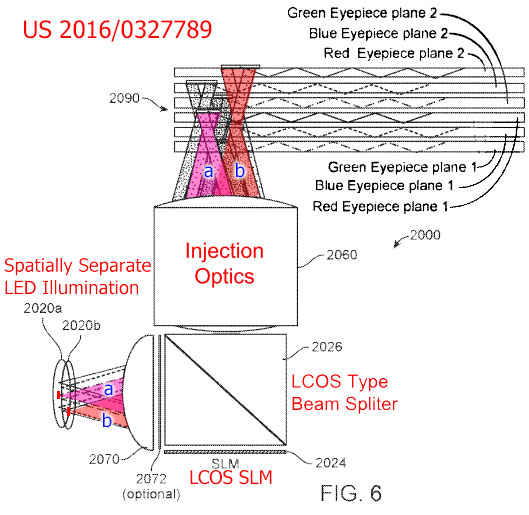A recent article by Karl Guttag discusses waveguides, which are optical devices involved in the components in devices such as the Microsoft HoloLens. Light enters the thin piece of glass, projecting a small image on one side of it; using total internal reflection inside the piece of glass, the image exits in a different place.
The article discusses a major disadvantage of waveguides; the light that enters the glass has to be at 45 degrees, then at 45 degrees again when it leaves. This means that the image is often of a worse quality, as not all of the light makes the correct turns. ‘Waveguide glow’, as Karl Guttag calls it, is another issue that can occur, which causes a glow around high contrast objects or text.
The conclusions made by the article are:
- The waveguide did not significantly decrease the size of the HoloLens
- Waveguides worsen the image quality compared to simpler combiner designs
- HoloLens’ use of waveguide restricted them to only using certain display devices that are compatible; they are unable to use OLED or tech which emits a broader spectrum of light
- Even if the device was smaller, getting more SDKs in developers is important sooner rather than later
Readers can read the full article here.
The post Waveguides in Magic Leap and HoloLens appeared first on The AREA.




